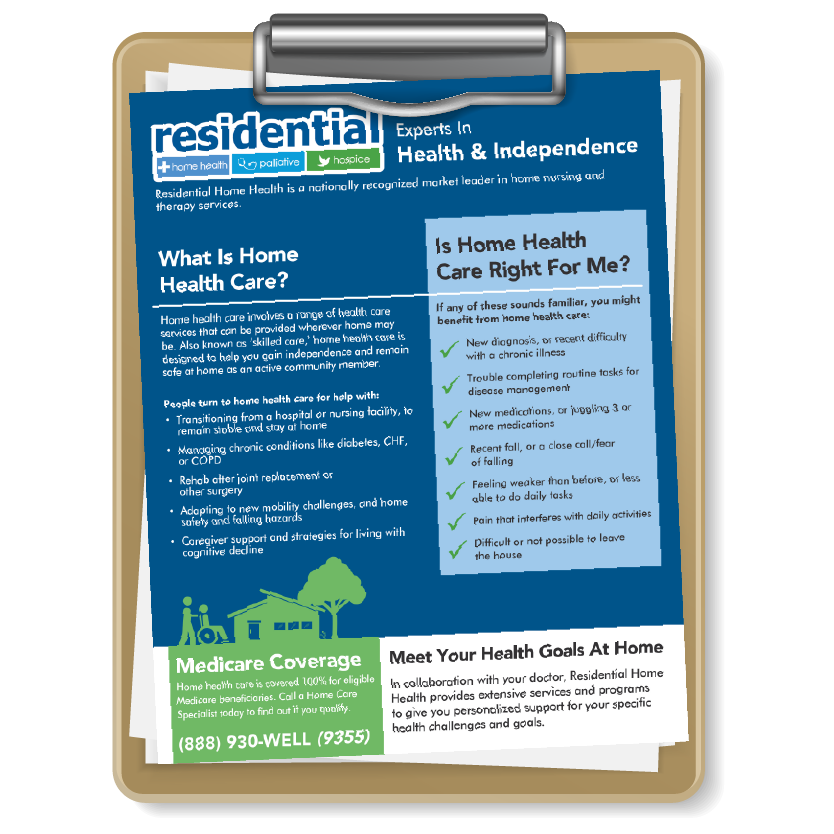Although requireds continue to be included as medical insurance requirements, they are questionable. Patient advocates declare that requireds assist to make sure appropriate medical insurance protection while others (especially medical insurance companies) complain that mandates increase the cost of healthcare and medical insurance. Mandated medical insurance laws passed at either the federal or state level generally fall under one of three categories: Health care services or treatments that should be covered, such as drug abuse treatment, birth control, in vitro fertilization, maternity services, prescription drugs, and smoking cessation.
Dependents and other associated individuals, such as adopted kids, reliant students, grandchildren, and domestic partners. The mandated benefit laws frequently apply to medical insurance protection used by companies and private medical insurance purchased directly by an individual. Many people whether for or versus requireds agree that mandated health benefits increase health insurance coverage premiums.
1% to more than 5%. Trying to find out how a mandated benefit will impact an insurance premium has actually been very complicated. The required laws vary from state to state and even for the very same mandate, the guidelines and regulations might vary. For instance: A lot of states mandate protection for chiropractic specialists, but the number of allowed check outs may vary from state to state.
Because chiropractic doctor services can be costly, the influence on medical insurance premiums might be higher in the state with the more generous advantage. In addition, the absence of mandates might also increase the expense of healthcare and health insurance premiums. If someone who has a medical problem goes without essential healthcare due to the fact that it is not covered by his/her insurance coverage, she or he might end up being sicker and need more costly services in the future.
( B) STATES MIGHT NEED EXTRA ADVANTAGES.( i) IN GENERAL.Subject to the requirements of clause (ii), a State may require that a competent health insurance offered in such State offer advantages in addition to the necessary health advantages specified under section 1302( b).( ii) SPECIFY MUST PRESUME COST.Replaced by section 10104( e)( 1 ). A State shall pay( I) to a specific enrolled in a certified health strategy offered in such State; or (II) on behalf of an individual explained in subclause (I) straight to the qualified health strategy in which such person is enrolled; to settle the expense of any additional benefits explained in clause (i).
Little Known Questions About Which Of The Following Is A Government Health Care Program?.
The decision did not affect other provisions. The details on this websites continues to show Click here state actions attending to the ACA. For NCSL's updated summary and analysis of the Court's decision and its results see: U.S. Supreme Court and Federal ACA The state sections of this online report are a casual summary explanation of state and federal requirements and are not meant as legal guidance.
February 1, 2021 DETROIT, February 1, 2021 Health Alliance Strategy, a Michigan-based not-for-profit health insurance, revealed today that it has added 5 popular.

The Act specifies particular classifications of advantages as "Essential Health Benefits." The classifications of essential health benefits are: Ambulatory patient services Emergency situation services Hospitalization Maternity and newborn care Mental health and compound utilize disorder services, including behavioral health treatment Prescription drugs Corrective and habilitative services and devices Laboratory services Preventive and wellness services and persistent disease management Pediatric services, consisting of oral and vision care Health insurance, including self-insured strategies, that cover Important Health Advantages (EHB) may not use dollar annual or life time dollar limitations to the benefits.
The New York State Department of Health (DOH) Mental Health Doctor announced the accessibility of $355 million under the Vital Healthcare Company Assistance Program (EHCPSP), as established pursuant to Area 2825-c of the Public Health Law (PHL). The EHCPSP offers funding to necessary health care suppliers that supports debt retirement, capital projects or non-capital tasks, for the function of facilitating their improvement through mergers, combination and restructuring activities planned to create financially sustainable systems of care.
Through RFA # 1510190320, applications were awarded to essential health care providers that have shown a commitment to developing innovative models of health care shipment. Awards were revealed on March 4, 2016. On March 23, 2016, the Department of Health hosted a webinar for awardees. The following assistance is readily available: CRFP and EHCPSP Grants: Questions and Answers.
Some Ideas on How Many Countries Have Universal Health Care You Need To Know
The uproar over new recommendations that question cancer screening standards for ladies when and how typically to have mammograms and Pap smears brightens concerns that http://chancefesk752.fotosdefrases.com/how-does-electronic-health-records-improve-patient-care-things-to-know-before-you-get-this will be dealt with again and again in the battle to include health care costs. Late in 2015, the U.S. Preventive Solutions Task Force (USPSTF) and the American College of Obstetricians and Gynecologists (ACOG) recommended raising the age for routine screenings for breast and cervical cancer and extending the time between follow-up tests.
The USPSTF encourages females to wait until age 50 prior to getting their first mammogram, instead of age 40, and to be screened every 2 years rather of yearly. The job force likewise suggests women cease mammograms when they reach age 75 and to stop self-examination. The task force states self-exams are not helpful in finding breast cancer, but do trigger stress and anxiety followed by unneeded, costly tests.

The organization likewise says women in their 20s with normal Pap smear outcomes need to be checked every 2 years instead of yearly which females in their 30s can wait three years. The recommendations are causing controversy. The American Cancer Society (A/C), the Society of Breast Imaging (SBI) and the American College of Radiology (ACR) oppose decrease in the administration of mammograms.
If embraced, the effect of these suggestions extends beyond the female population. how many countries have universal health care. The country spends billions of dollars every year on diagnostic measures related to these and other cancers since, as in the case of all diseases, cancer is more survivable when identified in its early stages. The question is what are necessary healthcare expenditures? Should there be limits on tests and treatments? Are existing standards in disease avoidance extremely precautious and wasteful instead of proactive and cost-saving? Currently, personal health insurance providers, Medicare and Medicaid develop limits through their policies, and a chief problem about the nation's present system is the failure of insurance companies to authorize treatments in particular circumstances.
There are some health care benefits you can rely on getting no matter what plan you pick. The Affordable Care Act needs that all strategies cover important health advantages for specific and household plans and little group strategies. All of our plans offer these required vital health benefits: Outpatient services Emergency situation services Hospitalization Maternity and newborn care Mental health and substance use disorder, consisting of behavioral health treatment Prescription drugs Rehabilitative and habilitative services and gadgets Laboratory services Preventive and wellness services and chronic illness management Pediatric vision A few of these advantages, like preventive services, will be paid at one hundred percent without any copay.
